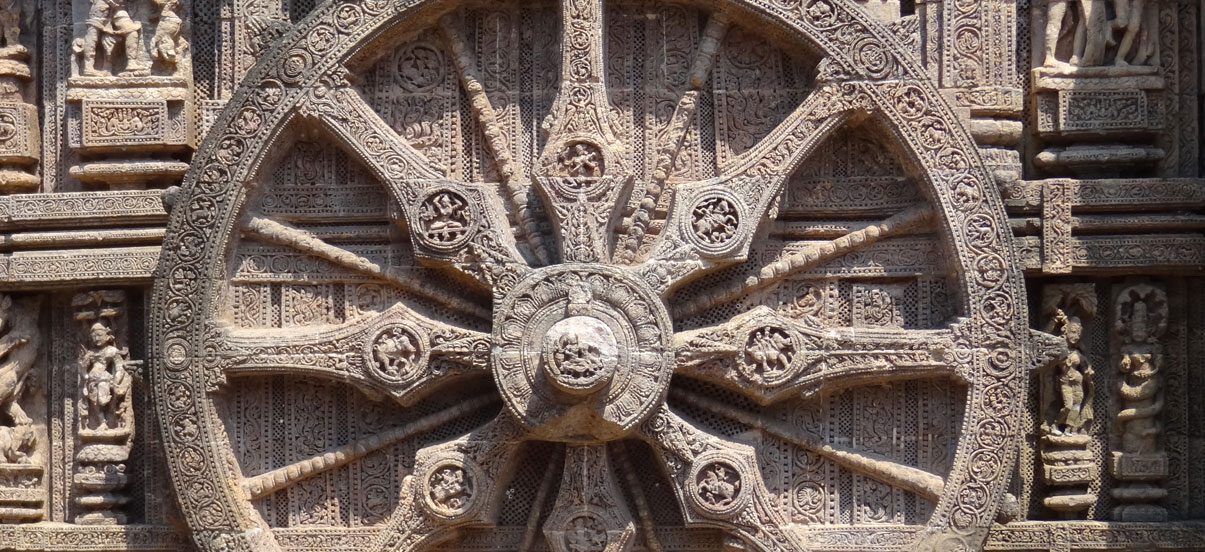Ratha Saptami or Magha Saptami is a Hindu festival that falls on the seventh day (Saptami) in the bright half (Shukla Paksha) of the Hindu month Maagha. It marks the seventh day following the Sun’s northerly movement (Uttarayana) of vernal equinox starting from Capricorn (Makara). It is symbolically represented in the form of the Sun God Surya turning his Ratha (Chariot) drawn by seven horses (representing seven colours) towards the northern hemisphere, in a north-easterly direction. It also marks the birth of Surya and hence celebrated as Surya Jayanti (the Sun-god’s birthday).
Ratha Saptami is symbolic of the change of season to spring and the start of the harvesting season. For most Indian farmers, it is an auspicious beginning of the New Year. The festival is observed by all Hindus in their houses and in innumerable temples dedicated to Surya, across India.
Ratha Saptami marks the seventh day following the Sun’s northerly movement (Uttarayana) of vernal equinox starting from Capricorn (Makara). It is symbolically represented in the form of the Sun God Surya turning his Ratha (Chariot) drawn by seven horses, with Aruna as the charioteer, towards the northern hemisphere, in a north-easterly direction. The symbolic significance of the ratha and the seven horses reigned to it is that it represents the seven colours of the rainbow. The seven horses are also said to represent the seven days of a week starting with Sunday, the day of Sun god Surya. The chariot has 12 wheels, which represents the 12 signs (each of 30 degrees) of the Zodiac (360 degrees) and constituting a full year, named Samvatsara. The Sun’s own house is Leo (Simha) and he moves from one house to the next every month and the total cycle takes 365 days to complete. The Ratha Saptami festival seeks the benevolent cosmic spread of energy and light from Sun God. Magha Saptami also marks the gradual increase in temperature across South India and awaits the arrival of spring, which is later heralded by the harvest festival of the Hindu lunar New Year day in the month of Chaitra.
The charioteer, Arun, has his feet deformed. Arunoday means the dawn. On this day some people go to take bath in the river before dawn carrying a lamp on their head. Then in the courtyard in front of the house the sun is worshipped. A picture of the chariot and the seven horses is drawn on the ground. On the four sides “rangoli” is made (designs made with powders) and in the centre cow dung is burnt. Then on the stove milk is boiled in earthen vessels while facing the sun. When the milk boils it is believed it reaches the sun.
Then an offering of “khir” made of wheat is shown to the sun. In the “sup” (basket for sifting corn) twelve heaps of grain are offered to the sun, the number corresponding to the twelve constellations through which the sun goes. Grain is offered to the brahmins. Some people show their respect to the sun by bowing twelve times every day to the sun, repeating every time one of the twelve names of the sun. These twelve names are: Mitra, Ravi, Surya, Ahanu, Khag, Pushan, Hirnyagarbha, Marichi, Aditya, Savita, Arka, and Bhaskar. On this day a new season begins, the sun sitting on his chariot sets out on his journey.
0











